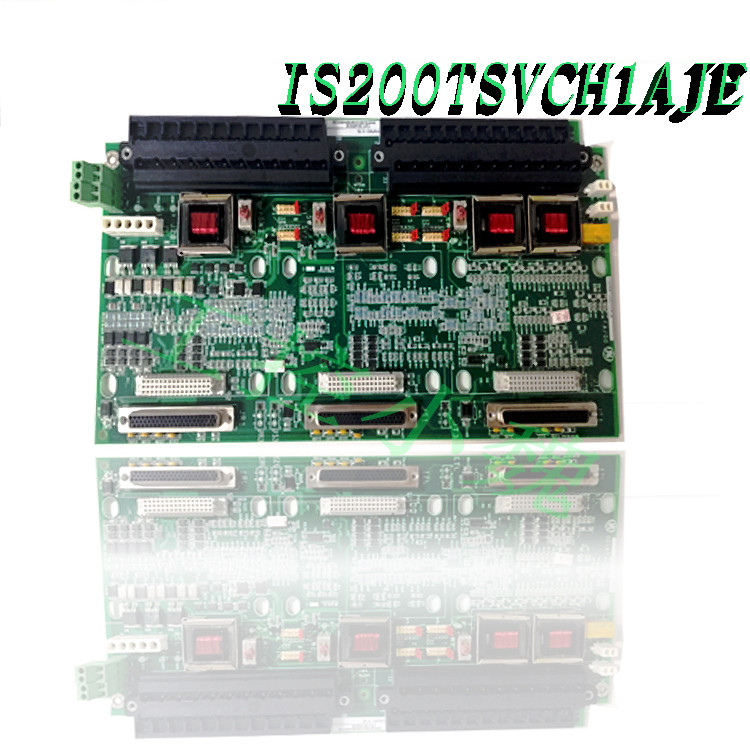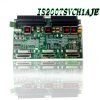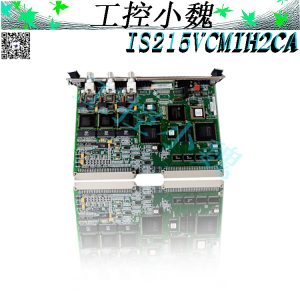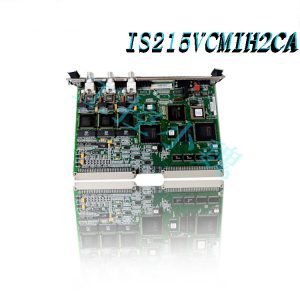Description
IS200TSVOH1B – Servo Terminal Board is available in stock which ships the same day.
IS200TSVOH1B – Servo Terminal Board comes in UNUSED as well as REBUILT condition.
To avail our best deals for IS200TSVOH1B – Servo Terminal Board, contact us and we will get back to you within 24 hours.
Product Description
The IS200TSVOH1B is one of several TSVO termination boards available here at AX Control. These servo-valve termination boards from General Electric are used within the company’s Mark VI system. The Mark VI is one of the more advanced Speedtronic systems for the management of industrial gas and steam turbine systems; it has been used for over 20 years.

The IS200TSVOH1B weighs in at just 2.00 pounds. The board will weigh more after it has been prepared for shipment due to the addition of internal and external boxing and padding, as well as anti-static wraps. We recommend the use of grounding straps when unboxing any static-sensitive component.
-1.jpg)
IS200TSVOH1B is a Servo Terminal Board developed by General Electric. It is a part of Mark VI turbine control system. The TSVO connects to two electro-hydraulic servo valves, which operate the steam/fuel valves. Linear variable differential transformers are used to measure valve position (LVDT). Two cables to the I/O processor (VSVO) use the J5 plug on the front of the VSVO and the VME rack’s J3/4 connectors. The JR1 connector is used for Simplex signals, and the JR1, JS1, and JT1 connectors are used for TMR signals. JD1 and JD2 are plugs for an external trip from the protection module.
-1.jpg)
IS200TSVOH1B Installation
Sensors and servo valves are wired directly to the terminal board’s two I/O terminal blocks. Each block is held together with two screws and has 24 terminals that accept wiring up to #12 AWG. To the left of each terminal block is a shield termination strip connected to chassis ground. External trip wiring is connected to JD1 or JD2. In TMR configuration, each servo output can have three coils. JP1-6 is used to jumper select each coil current.
Operation
The servo board has four channels: bi-directional servo current outputs, LVDT position feedback, LVDT excitation, and pulse rate flows inputs. The TSVO can excite and accept input from up to six LVDT valve position inputs. For each servo control loop, one, two, three, or four LVDTs are available. These signals come through TSVO and go directly to the VSVO board front at J5 if three inputs are used.
In Simplex applications, each servo output channel can drive one or two coil servos, while in TMR applications, each servo output channel can drive two or three coil servos. The two-coil TMR applications are for 200# oil gear systems with two control modules driving one coil each and no servo coil interface on the third control module.
With a maximum two-way cable resistance of 15 ohm, servo cable lengths of up to 300 meters (984 feet) are supported. Because servo coils come in a variety of shapes and sizes, a number of bidirectional current sources are jumper selectable.
Characteristics
Number of inputs TSVO
6 LVDT windings
2 pulse rate signals (total of 2 per VSVO)
External trip signal
Number of outputs
2 servo valves (total of 4 per VSVO board)
4 excitation sources for LVDTs
2 excitation sources for pulse rate transducers
LVDT excitation output
Frequency of 3.2 ±0.2 kHz
Voltage of 7.00 ± 0.14 V rms
Fault detection
Servo current out of limits or not responding
Regulator feedback signal out of limits.
Failed ID chip.
Other Characteristics
Power supply voltage: Nominal 24 V dc
Pulse rate input: Minimum signal for proper measurement at 2 Hz is 33 mVpk, and at 12 kHz is 827 mVpk.
Magnetic PR pickup signal: Generates 150 V p-p into 60 K ohm
Active PR Pickup Signal: Generates 5 to 27 V p-p into 60 K ohm
Size: 17.8 cm high x 33.02 cm wide
Technology: Surface mount
FREQUENTLY ASKED QUESTIONS
What is the of IS200TSVOH1B?
It is a Servo Terminal Board developed by General Electric.
What is the pulse rate input range?
Pulse rates of 2 to 14 kHz are used as inputs.
What is the Power supply voltage of the component?
Power supply voltage is 24 V dc Nominal.
Popular model recommendations:



-1-100x100.jpg)
-1-100x100.jpg)

-300x300.jpg)

admin –
The IS200TSVOH1B uses barrier-type terminal blocks. These are mounted on one long board side. The board is capable of accepting inputs from two servo current sources through these two I/O channels. Each terminal block allows up to three LVDT or LVDR feedback sensor attachments (six total for the board.) These sensors can be high select, median select, or low select. Pulse rate inputs are between 2-14 kHz. If you need a board with these settings but using Box type terminals, please see our listings for DSVO boards.(https://www.weikunfadacai1.com/)
The IS200TSVOH1B weighs in at just 2.00 pounds. The board will weigh more after it has been prepared for shipment due to the addition of internal and external boxing and padding, as well as anti-static wraps. We recommend the use of grounding straps when unboxing any static-sensitive component.